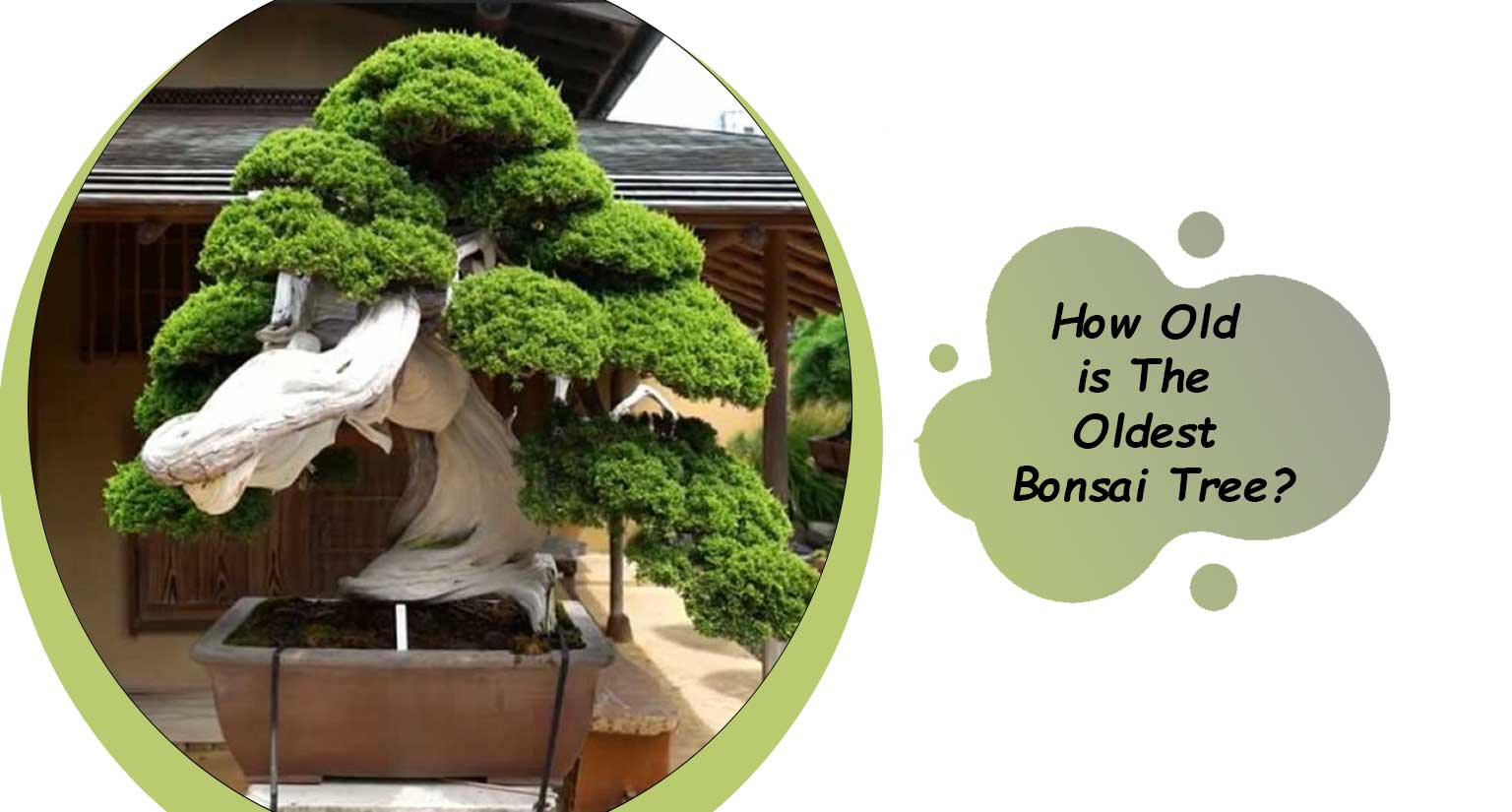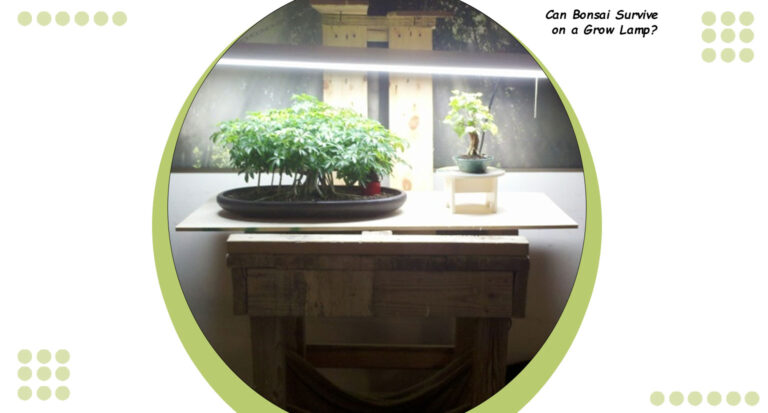How Old is The Oldest Bonsai Tree?
Bonsai trees, with their miniature beauty and timeless appeal, have fascinated horticultural enthusiasts for centuries. They stand as living testaments to the patience and artistry of their cultivators.
The age-old question, How old is the oldest bonsai tree? has piqued the curiosity of many. We’ll delve into the remarkable world of bonsai trees, exploring their history, the secrets behind their longevity, and ultimately, answering the intriguing question about the age of the world’s oldest bonsai tree.
In the United States, a growing number of individuals are embracing the art of bonsai cultivation, seeking to unlock the enigmatic allure of these ancient, miniature trees. Join us on a journey into the captivating world of bonsai, and discover the extraordinary stories behind the world’s most ancient living works of art.
Oldest Bonsai Tree: A Glimpse into Living History
As an enthusiast of bonsai cultivation, I’m endlessly captivated by the age-old question that has sparked the curiosity of countless individuals – “How old is the oldest bonsai tree?” It’s a question that takes us on a journey through time, horticultural dedication, and the captivating world of bonsai trees.
The title of the world’s oldest bonsai tree is not held by just one, but by many, and each tells a unique story of perseverance and patience.
Some of these ancient living artworks have been meticulously tended for centuries, passing from one generation of caretakers to the next.
One such remarkable specimen, a Ficus retusa, has been lovingly cared for in the Crespi Bonsai Museum in Italy and is believed to be over 1,000 years old.
In the United States, the pursuit of cultivating ancient bonsai trees is gaining traction, with collectors and enthusiasts investing time and effort to grow and preserve these living pieces of history.
Bonsai trees have become a symbol of the enduring connection between humanity and nature, and the question of their age serves as a reminder of the incredible journey these trees have undertaken.
How are bonsai trees so old?
Delving into the world of bonsai trees, one can’t help but wonder about the extraordinary longevity that these miniature masterpieces can achieve. The art and science behind the age-old secrets of bonsai cultivation are nothing short of fascinating.
Methods and techniques that contribute to the impressive age of bonsai trees:
Pruning and Training
Pruning and training techniques are at the core of bonsai cultivation. These meticulous practices not only shape the tree’s appearance but also regulate its growth.
By selectively trimming branches and roots, bonsai enthusiasts effectively control the tree’s size and encourage it to grow more slowly, extending its lifespan significantly.
Shallow Containers
Bonsai trees are potted in shallow containers, which may seem restrictive, but this is a key element in their longevity.
These small containers limit the space available for root expansion, making the tree focus its energy on growing slowly and maintaining its health over many years.
Species Selection
The choice of tree species also plays a significant role in the lifespan of a bonsai. Some tree species are naturally hardier and more adaptable to the rigorous pruning and training that bonsai cultivation requires.
Selecting the right species ensures that the tree has the potential to thrive for decades or even centuries.
Regular Repotting
Bonsai trees need to be regularly repotted to replenish the soil and maintain a healthy root system. This ensures they receive the necessary nutrients and prevents them from outgrowing their containers.
Diligent Care
Bonsai enthusiasts are vigilant in caring for their trees, carefully monitoring their water and nutrient intake, protecting them from harsh weather conditions, and ensuring they are pest-free. This level of dedication is a significant factor in their longevity.
The United States is witnessing a growing community of bonsai enthusiasts who are mastering these techniques, continuing the tradition of cultivating these miniature marvels.
Their unwavering commitment to preserving the age-old secrets of bonsai cultivation is what allows these tiny trees to endure and thrive, proving that nature and human artistry can create living masterpieces that stand the test of time.
What are the oldest bonsai trees?
The world of bonsai is a treasure trove of history, culture, and the art of patience. It’s a world where trees become living, breathing pieces of art, each with its own unique story to tell.
When it comes to the oldest bonsai trees in existence, you step into a realm where time is not measured in years, but in centuries.
Ficus retusa at Crespi Bonsai Museum, Italy (Over 1,000 Years Old)
One of the most famous ancient bonsai trees is the Ficus retusa, which resides at the Crespi Bonsai Museum in Italy.
Believed to be over a thousand years old, this bonsai has been carefully nurtured and passed down through generations. Its gnarled and twisted trunk stands as a testament to the enduring connection between the tree and its caretakers.
The Sandai Shogun no Matsu, Japan (Over 500 Years Old)
Japan, often considered the birthplace of bonsai, is home to several ancient specimens. The Sandai Shogun no Matsu, which translates to “The Third Shogun’s Pine,” is over five centuries old.
Its age is a testament to the dedication and skill of those who have cared for it over the centuries.
The Crespi Bonsai Museum’s Juniper, Italy (Over 400 Years Old)
Another notable bonsai at the Crespi Bonsai Museum is a Juniper, estimated to be over 400 years old. This ancient tree embodies the history of bonsai and the enduring art of its caretakers.
The Hiroshima Survivor, United States (Over 400 Years Old)
The United States is not devoid of ancient bonsai treasures. “The Hiroshima Survivor,” a white pine bonsai, was in Hiroshima during the atomic bombing of World War II and miraculously survived. This living testament to resilience and hope is estimated to be over 400 years old.
The age of these bonsai trees showcases the deep connection between human cultivation and nature. Their longevity is a tribute to the unwavering dedication and expertise of bonsai enthusiasts across the world.
As you explore the world of bonsai, you not only discover the age of these living art pieces but also the remarkable stories they carry, making them true living witnesses to history.
How Long Do Bonsai Trees Live?
Bonsai trees, with their captivating charm and rich history, are often perceived as timeless creations. They can indeed live exceptionally long lives, and their longevity depends on various factors, including the species, care, and environmental conditions.
- Species Matters: Different tree species have varying lifespans as bonsai. While some species may thrive for a few decades, others can endure for centuries. Junipers, pines, and certain Ficus species are known for their longevity in bonsai cultivation.
- Care and Maintenance: Proper care is paramount in determining a bonsai tree’s lifespan. Meticulous pruning, training, and repotting are essential practices to ensure the tree remains healthy and its growth is controlled. With attentive care, bonsai trees can live for decades.
- Environmental Conditions: The environment in which a bonsai tree is kept plays a significant role in its lifespan.
- Protection from extreme weather conditions and careful placement can contribute to a longer life. Indoor bonsai, for instance, can live longer since they are sheltered from harsh elements.
- Heritage Bonsai: Some bonsai have been handed down through generations, and their age can span centuries.
- These heritage bonsai are living artifacts and often receive impeccable care, ensuring their impressive longevity.
- Disease and Pests: Bonsai trees are susceptible to diseases and pests, which can significantly impact their lifespan if not addressed promptly. Regular inspection and disease prevention measures are crucial for their well-being.
In the United States, a growing community of bonsai enthusiasts is dedicated to mastering the art of bonsai cultivation, preserving and nurturing these living artworks.
With the right care and attention, many bonsai trees can live for several decades. While not all reach the extraordinary ages of the oldest bonsai trees, they continue to captivate and inspire their caretakers with their enduring beauty and symbolism of patience and artistry.
Frequently asked questions (FAQs)
What is a bonsai tree?
A bonsai tree is a miniature, carefully cultivated tree that is pruned and trained to remain small and grow in a specific shape. Bonsai is an ancient art form that originated in China and later developed in Japan.
How old can bonsai trees get?
The lifespan of bonsai trees varies depending on the species, care, and environmental conditions. Some bonsai can live for decades, while others, with exceptional care and heritage, can survive for centuries.
How do I care for a bonsai tree?
Caring for a bonsai tree involves regular pruning, training, repotting, and proper watering. The specific care requirements depend on the tree’s species. It’s important to provide the right amount of light, avoid extreme temperatures, and protect the tree from pests.
Can I keep a bonsai tree indoors?
Yes, many bonsai trees can be kept indoors. However, they still need proper light, temperature, and humidity conditions. Selecting a suitable indoor species and providing adequate care is essential for the tree’s health.
Where can I buy a bonsai tree?
Bonsai trees can be purchased from nurseries, specialized bonsai shops, or online retailers. It’s important to buy from reputable sources to ensure you get a healthy and well-cared-for tree.
Is bonsai cultivation difficult?
Bonsai cultivation can be challenging, as it requires patience and skill. Beginners may find it helpful to start with hardier species and seek guidance from experienced bonsai enthusiasts or books on the subject.
Can I create my own bonsai tree from a regular tree or plant?
Yes, you can create your own bonsai tree from a regular tree or plant. This process, known as “bonsai training,” involves carefully pruning, shaping, and maintaining the tree in a bonsai-style container. It’s a rewarding but skill-intensive endeavor.







